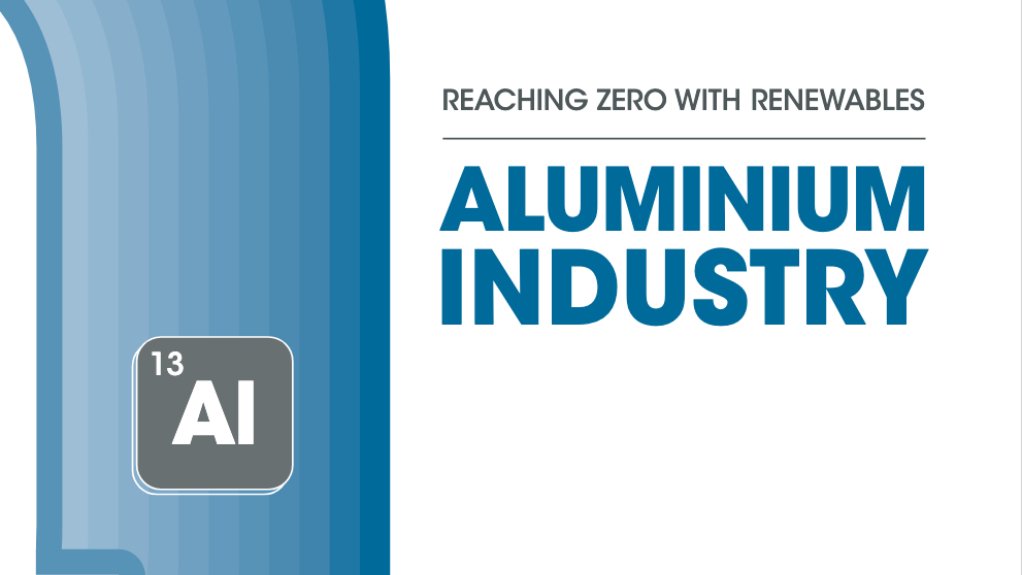- Reaching zero with renewables: Aluminum industry4.93 MB
Aluminium supports wide-ranging applications from packaging and cars to electric cables and equipment, in addition to other crucial applications. Aluminium's versatility is due to its high strength, low weight, recyclability, and excellent electrical and thermal conductivity. Moreover, aluminium plays a vital role in facilitating the energy transition, from its use in solar panels and wind turbines, to electric vehicles and transmission cables.
However, the use of fossil fuel – predominantly coal – for aluminium production has led to significant increases in emissions from the industrial process. In 2022, the aluminium sector produced around 1.1 gigatonnes of equivalent carbon dioxide emissions.
Emissions from aluminium production are mostly dependent on the electricity mix; smelters using renewable energy sources like hydropower have lower emissions than those dependent on fossil fuels. Integrating increasing amounts of renewable energy, such as wind and solar, instead of relying on fossil fuels, will be key to reducing the sector's carbon footprint.
This report intends to inform the aluminium industry and policy makers on how to minimise emissions by integrating higher shares of renewable energy sources and other decarbonisation measures such as inert anodes, recycling, and materials and energy efficiency.
Report by the International Renewable Energy Agency
EMAIL THIS ARTICLE SAVE THIS ARTICLE ARTICLE ENQUIRY FEEDBACK
To subscribe email subscriptions@creamermedia.co.za or click here
To advertise email advertising@creamermedia.co.za or click here











